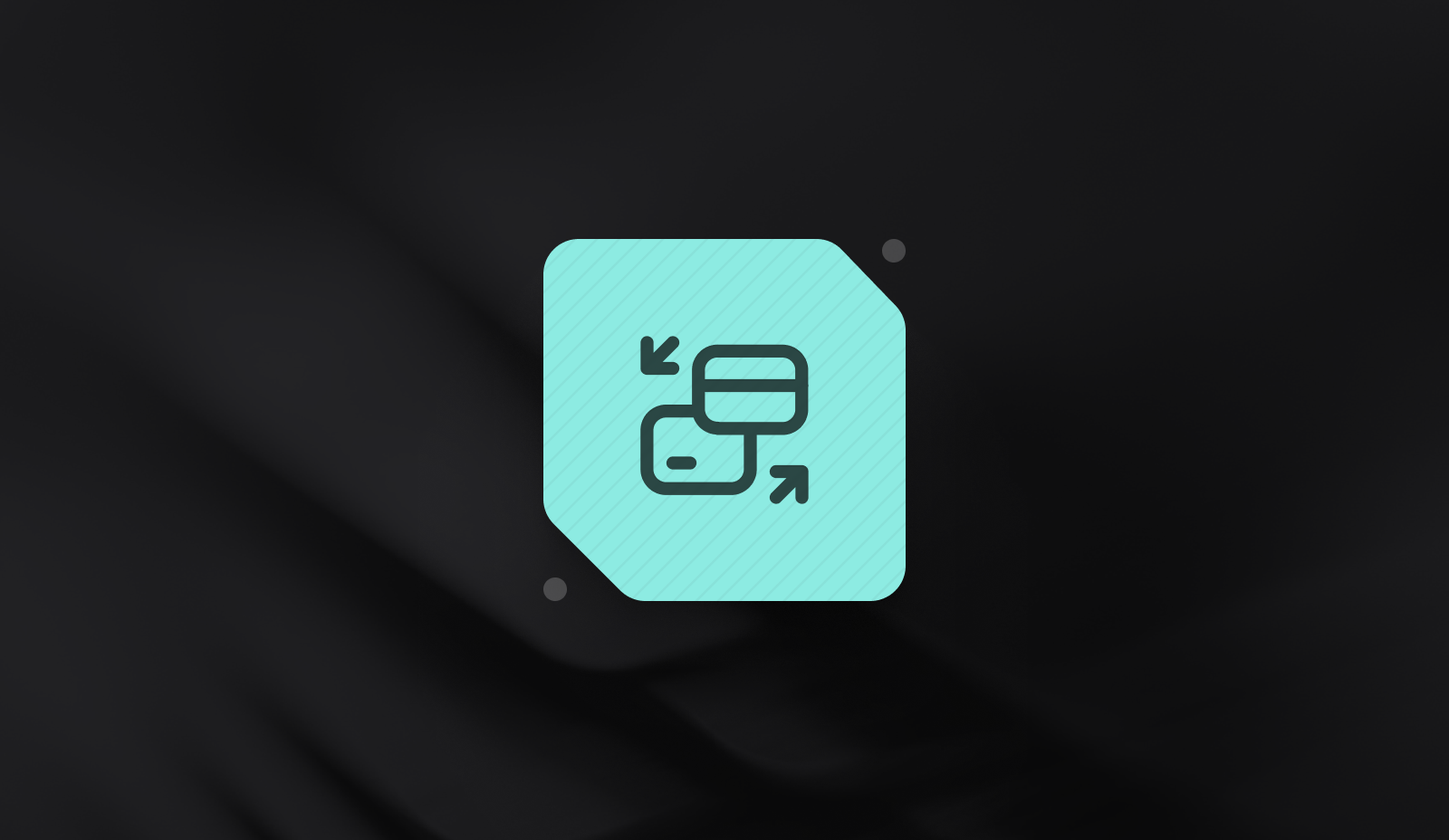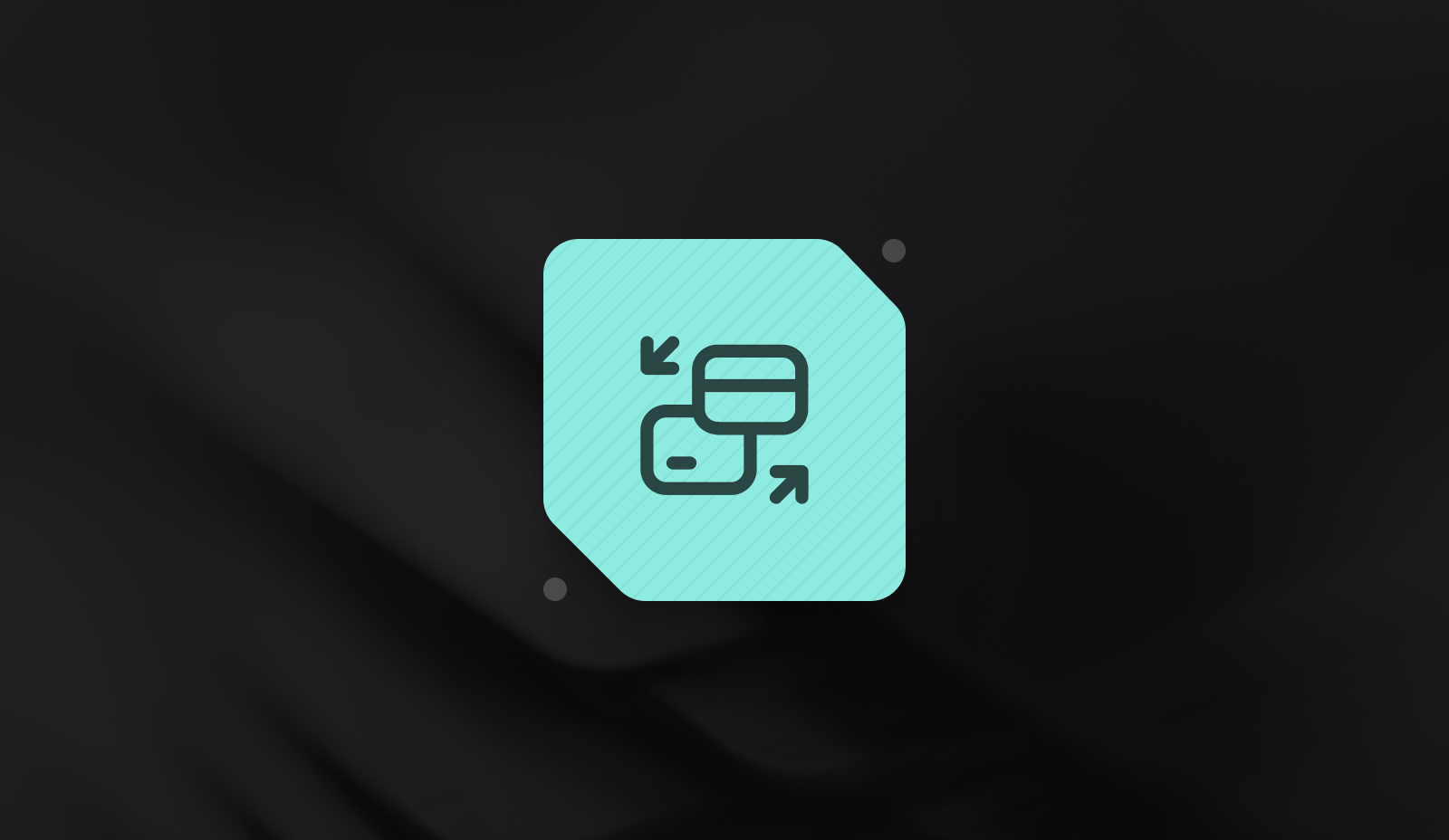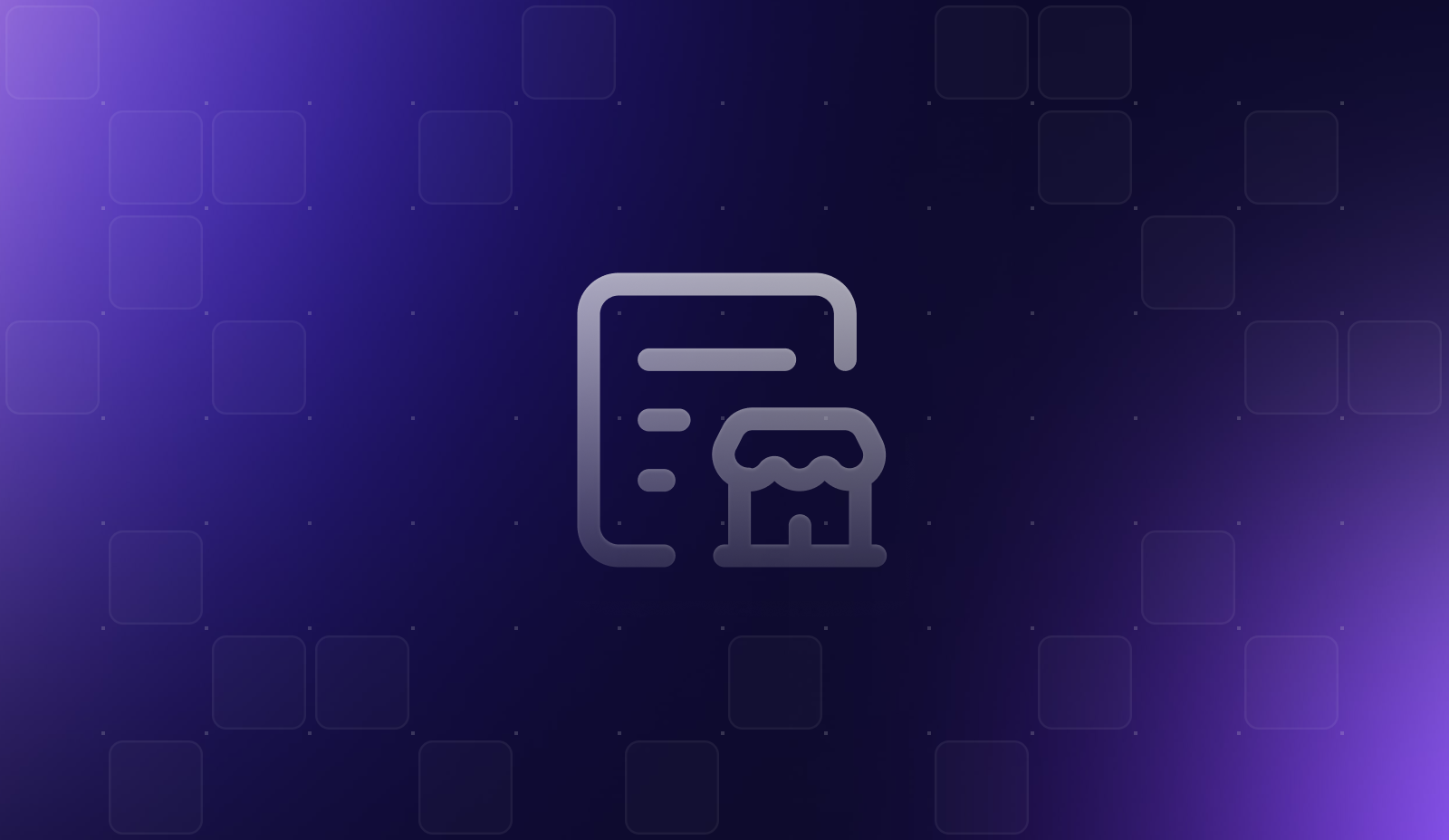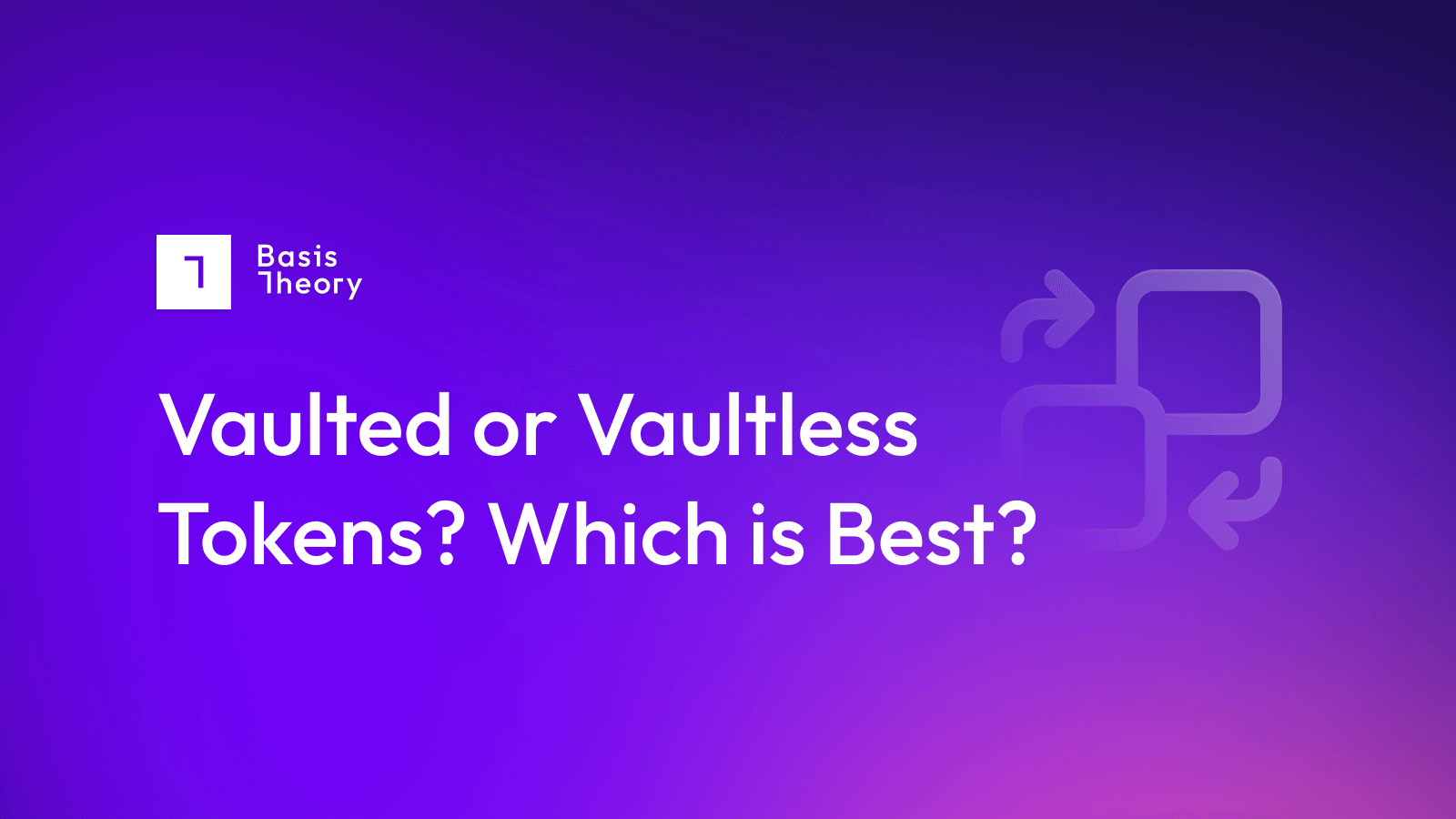Becoming a Payfac as a VSaaS Platform or Merchant

The business of payments has never been busier or more crowded. For every step in the transaction process, there is likely another intermediary collecting a few basis points from the total sum. Particularly when working with a full-service payment services provider (PSP), merchants often deliver ‘free’ revenue to another entity—revenue they could be collecting for themselves.
With some work, platform providers (often known as vertical software-as-a-service, or VSaaS vendors) can become a payment facilitator—or payfac—and add a valuable revenue stream to their business.
What is a payfac?
A payment facilitator, or payfac, allows other businesses to use their master merchant account, sparing the business from needing to gain one on their own. A payfac has its own set of processes, guidelines, rules, and procedures that it uses to ensure its customers are operating legally and ethically. The payfac then provides simplified access to the broader payments ecosystem in return for a modest fee.
Becoming a payfac can earn a VSaaS platform something in the region of 20 to 50 basis points (0.2% to 0.5%) for their efforts, though this margin can be adjusted based on the company’s primary business model. A large, full-service PSP like Stripe, for whom being a payfac is essentially their entire business, may charge more, whereas a VsaaS, whose main function is to provide a cloud platform, may ratchet the margins down to attract more customers.
Why become a payfac?
When becoming a payfac, companies are able to improve their business by:
- Generating New Revenue Streams: Specifically for VsaaS companies with a large stable of regular customers, the opportunity to be the middleman into the payments systems offers the chance to take a tiny sliver of each of their customers’ transactions, thus driving revenue on transactions they do not, themselves, have to sell.
- Enhancing the Customer Experience: Payfac services empower the merchant to offer well-designed payment interfaces for their customers, which in turn creates an appealing purchase process for end consumers. Merchants signing up for platforms through which they will charge their own customers are often attracted to an option to get payment processes set up quickly, easily, and with limited resource requirements
- Streamlining Payment Processes: Although VsaaS merchants generally permit their customers to set up their own payment processes, the reality is that each deviation from a standard approach increases complexity for merchants and platform providers alike. Bespoke systems may come into conflict with the core platform each time it is updated, creating additional pass-through risk if not properly configured, and running the risk of misaligned release schedules that can take payment capabilities offline at inopportune moments. Having most, if not all, platform users access a common approach creates cross-platform harmony. Both options remove risk and lowers the cost of support.
What are the steps to becoming a payfac?
Despite periodic fearmongering from entrenched payment providers who would prefer less competition, becoming a payfac is not an especially painful process. Although becoming a payfac can take time, owing to the number of entities involved.
In broad strokes, the process of becoming a payfac consists of:
- Signing with an Acquiring Sponsor: The sponsor is generally but not always a bank, and must approve the merchant as a registered payfac. The merchant will need to complete an extensive underwriting process, ensuring they have the systems, procedures, and financial stability necessary to properly maintain a payfac business. This process will be rigorous, but not unfair, and requires that the company maintain PCI-DSS Level One certification.
- With an acquiring sponsor in their court, the aspiring payfac must now register with Visa and Mastercard, who will execute their own underwriting process.
- If based in Europe, the company will need to acquire either or both of PI or EMI licenses in order to meet regulatory requirements.
- At this stage, the payment system through which customers will operate with the newly-minted payfac must be completed, tested, and approved. The system must also be connected directly to the acquiring sponsor for secure communications.
With everything in place, the payfac must establish the processes and procedures through which it will initially approve, monitor, and manage their customers. Remember, every transaction goes through the payfac’s master merchant account, so it is critical to ensure customers don’t undertake activities that could put the payfac at risk.
The system should have a clear set of processes through which it not only charges end consumers but also makes payments to its customers, and builds reports as required by the acquiring sponsor. It should also help spot potential trouble (for instance, customers who generate too many chargebacks or start selling items with connections to high-risk industries) so that a single customer cannot jeopardize the whole platform.
None of these steps happens at light speed, but they are all eminently doable and should be considered a reasonable, if fairly time-consuming, process for adding a valuable service to the system.
Challenges (and solutions) for Becoming a Payfac
With the requirements to become PCI-DSS Level One certified and make it through multiple rounds of underwriting, the upfront costs of becoming a payfac cannot be discounted.
Meanwhile, a fully capable payment system must be established to not only transact sales but also perform all the administrative tasks associated with becoming a full-functioning PSP: processing subscription payments, collecting and securely storing personally identifiable information (PII) like credit card details, paying proceeds to customers, policing the user base for appropriate processes, and so forth.
While this may seem daunting, it is offset by the long-term opportunity to earn revenue from each sale customers subsequently secure.
A good first step in building out a system and setting it up for quick certification as conforming to PCI-DSS Level One, is to partner with a programmable payments vault. Using such a solution eliminates the need to build secure storage systems for cardholder information; instead, all the data is securely stored with the vault provider, so that the risk of data leakage is reduced to near zero.
Additionally, the programmable payment vault provides flexibility for the future—in the event, for instance, that the merchant chooses to add another acquiring sponsor or switch from one to another, it is relatively simple to adjust processes to direct transactions to a different endpoint.
Platforms worldwide are waking up to the opportunities available to those who offer payfac services to their customers. Indeed, it is easy to imagine a business environment in which failing to provide the convenience of embedded payments within a platform may become a barrier to growth, as customers seek more comprehensive solutions. Forecasts suggest over $4 trillion of payments will be completed through payfacs in 2025, and with an average payfac revenue of around 40 basis points, that’s $16B waiting for platforms to collect.
.png?width=365&height=122&name=BTLogo%20(1).png)



